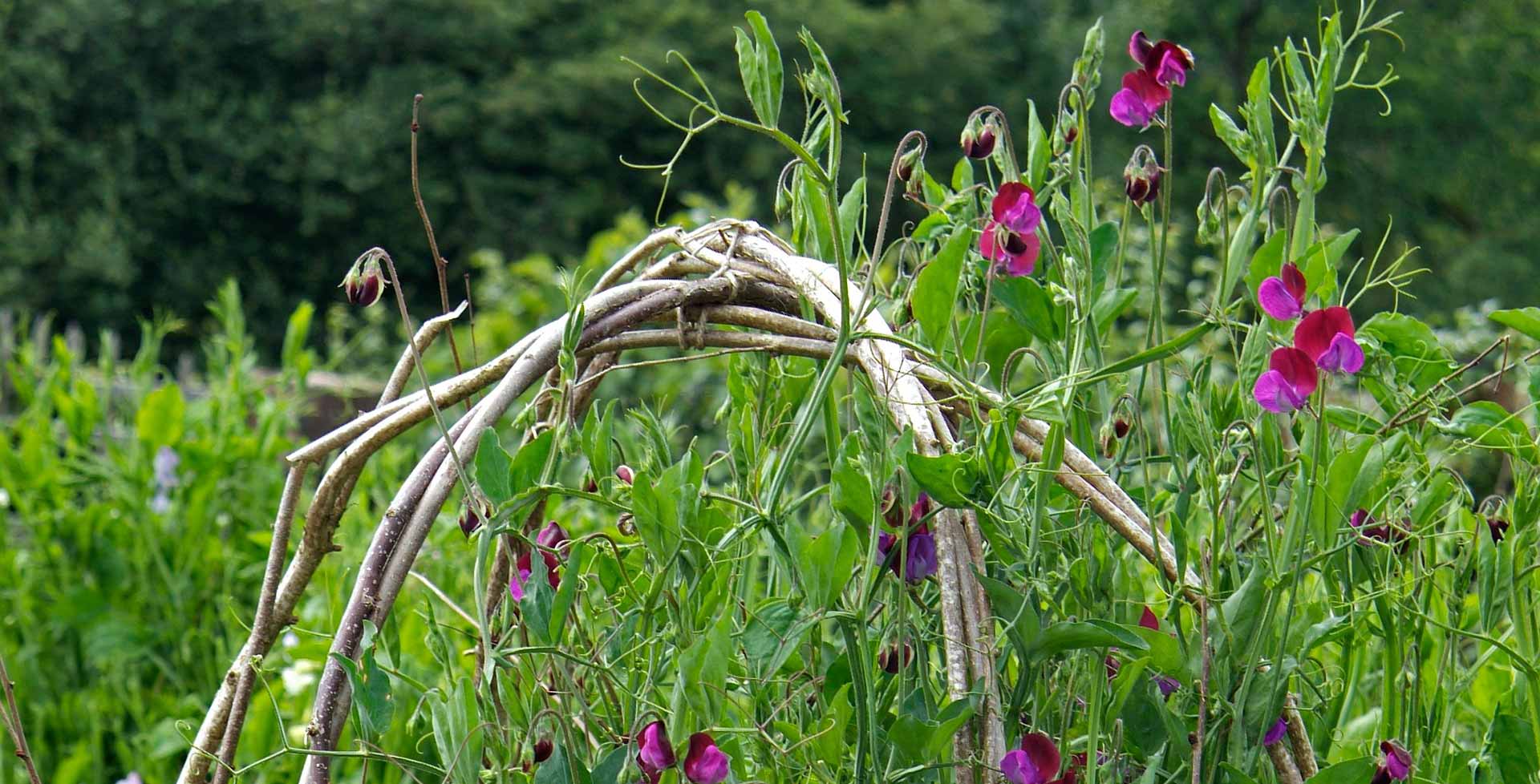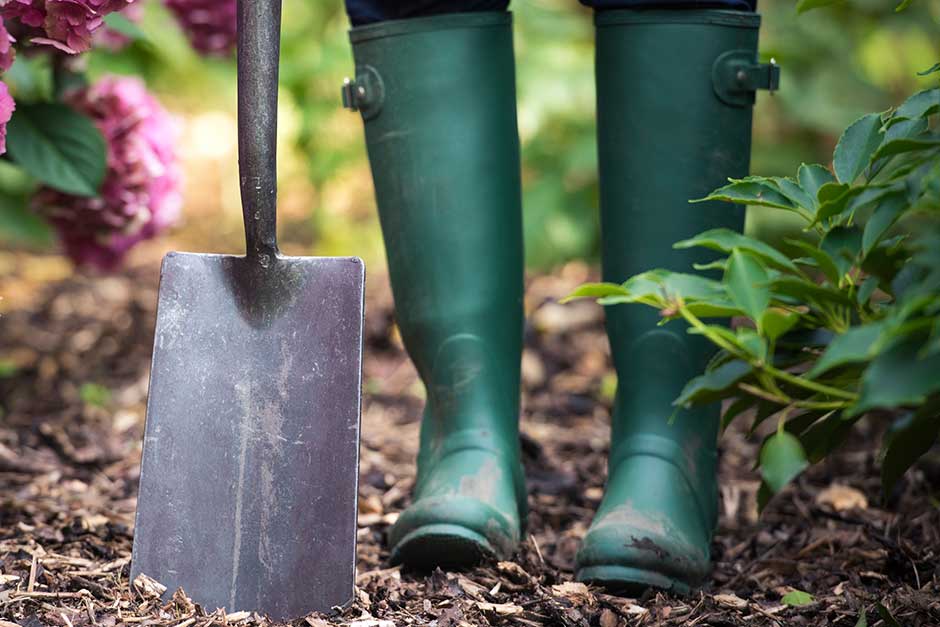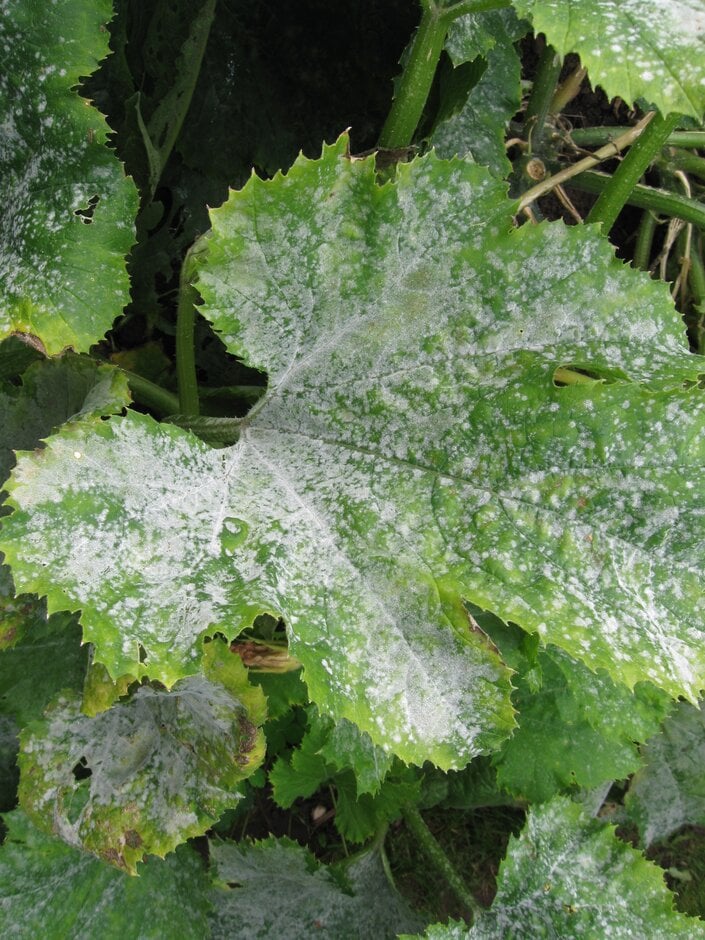
Introducing...
Sweet peas (annuals)
Botanical name: Lathyrus odoratus
Grow beautiful and flouncy annual sweet peas (Lathyrus odoratus) from seed each year for their fragrance and for cutting, climbing them over obelisks or twiggy supports in borders or in a cutting garden. Try dwarf varieties as bedding.
Looks
Pretty, pea-like flowers come in shades of white, pink, coral, red, violet and blue, some combining two colours. Pastel shades are especially popular and petal edges may be wavy or outlined with a contrasting colour (picotee). Leaves formed of two leaflets combine with tendrils on winged stems. Sweet peas are generally climbing to 2m (6½ft), but some are short and bushy to 45cm (18in).
Likes
Sweet peas are easy to grow in any fertile soil that drains easily, in full sun. Feed weekly or fortnightly with a liquid fertiliser and ensure a regular supply of flowers by picking or deadheading.
Dislikes
Plants can rot in very wet, heavy soil and will not thrive on excessively dry, poor soil, being prone to powdery mildew. They also won’t flower well in shade.
Did you know?
When growing sweet peas for the vase or show bench, tendrils are pinched out and the single plant stem (cordon) tied to a cane or similar support. This concentrates the plant’s energies and makes for bigger flowers on long stalks.
Growing guide

How to grow lathyrus
All the information you’ll need to grow and care for sweet peas and perennial peas in your garden.
Sweet peas we recommend
Lathyrus odoratus var. nanellus 'Lavender Sprite' (Sprite Series)
sweet pea 'Lavender Sprite'
- 0.1–0.5 metres
- 0.1–0.5 metres
Lathyrus odoratus 'Matucana'
sweet pea 'Matucana'
- 1.5–2.5 metres
- 0.1–0.5 metres
Lathyrus odoratus 'King Edward VII'
sweet pea 'King Edward VII'
- 1–1.5 metres
- 0.1–0.5 metres
Lathyrus odoratus var. nanellus 'Lavender Sprite' (Sprite Series)
sweet pea 'Lavender Sprite'
- 0.1–0.5 metres
- 0.1–0.5 metres
Lathyrus odoratus 'Matucana'
sweet pea 'Matucana'
- 1.5–2.5 metres
- 0.1–0.5 metres
Lathyrus odoratus 'King Edward VII'
sweet pea 'King Edward VII'
- 1–1.5 metres
- 0.1–0.5 metres
Useful advice
Get involved
The Royal Horticultural Society is the UK’s leading gardening charity. We aim to enrich everyone’s life through plants, and make the UK a greener and more beautiful place.
